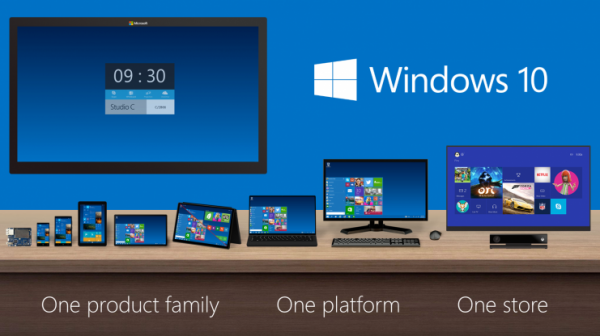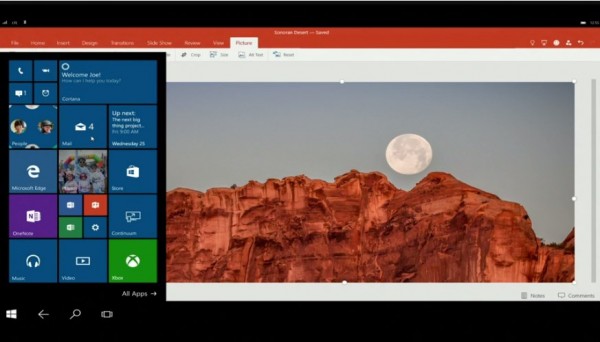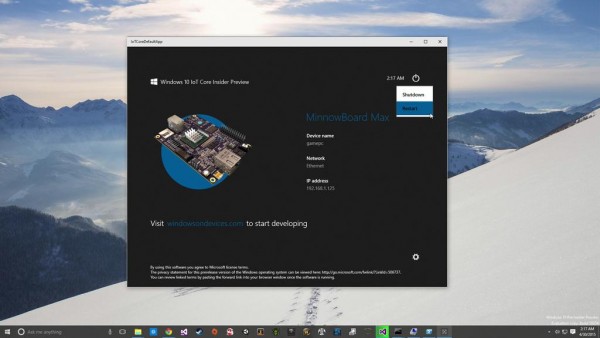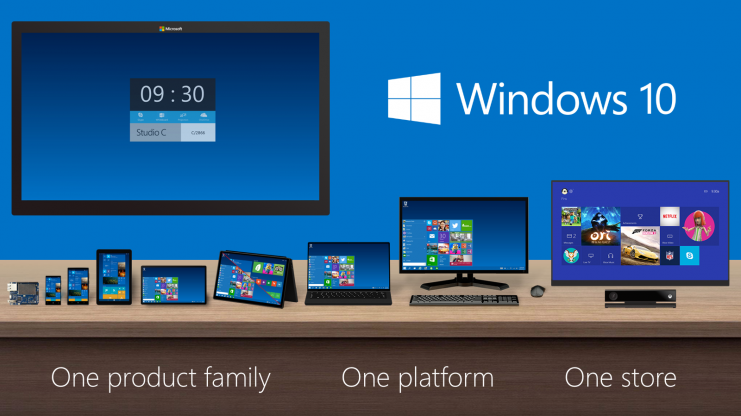
Much like previous version of Windows, Microsoft will be marketing Windows 10 under several different SKUs. This is not entirely unexpected, although there are some versions that raise more questions than provide answers. The Windows blog post also clarifies the whole Windows 10 free upgrade thing as well.
Three familiar editions return with Windows 10 Home, Pro and Enterprise editions appearing once again. Computer user will be familiar with these, and it is no surprise that Microsoft has brought these three SKUs back. However, there is now the introduction of Windows 10 Education; which is intended to meet the needs for school staff, students, and administrators. How this is different from the Enterprise edition is not explained, but it could simply be a matter of a different pricing scheme for educational use.

Aside from that, Windows 10 Mobile resurrects the Mobile name for small tablets and smartphones (larger tablets will get to use Windows 10 Home). The Technical Preview for this operating system is already available to Windows Insiders, although it still has more than a few bugs to work out before it’s ready for general release.
Alongside this is Windows 10 Mobile Enterprise, which adds the ability to manage business updates to the regular Windows 10 Mobile OS. This is the most unusual of the multiple editions, considering that we currently live in a BYOD environment. It sounds like Microsoft expects to sell smartphones with Windows 10 Mobile Enterprise pre-installed to businesses – or it could be expecting the company IT dept to upgrade existing Windows smartphones to the Mobile Enterprise edition.

Not mentioned in the post is the promised Windows 10 IoT Core edition for embedded devices. Microsoft has announced that it plans to release a version of Windows 10 that will run on stripped down devices like the Raspberry Pi, but has not provided any additional information since.
Finally, the company has clarified that Windows 10 is not free. Instead, it says that users upgrading from Windows 7, 8.1, and Windows Phone 8.1 will be able to do so without charge. Provided that they do so within a year of Windows 10 being released. After that, consumers will have to pay for licenses like they have always done.
[Source: Windows Blog]


